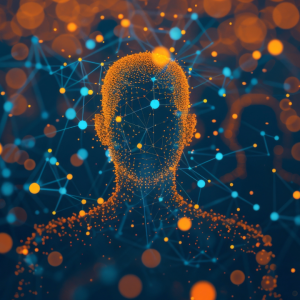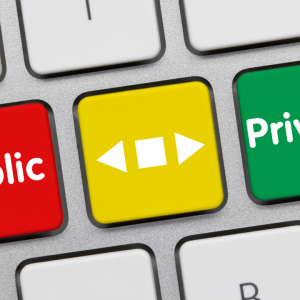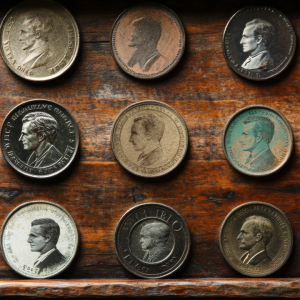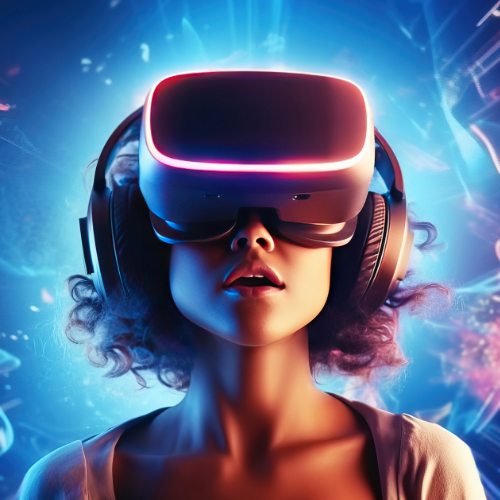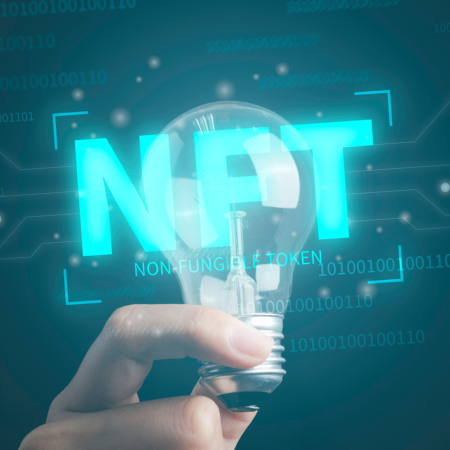In recent years, the world of art and collectibles has been disrupted by the emergence of non-fungible tokens, or NFTs. These digital assets, which exist on blockchain networks, are revolutionizing the way we buy, sell, and trade art, as well as other unique digital items. With NFTs, creators can now mint, authenticate, and monetize their work in entirely new ways, while collectors gain access to a vast and ever-expanding market of rare and one-of-a-kind digital pieces. In this article, we will explore the fascinating world of NFTs, examining their origins, unique features, and the impact they have had on the creative landscape.
The Birth of NFTs: A New Era for Digital Art and Collectibles
NFTs first gained widespread attention in 2017 with the launch of CryptoKitties, a blockchain-based game that allowed users to breed, collect, and trade unique digital cats. These virtual felines, each with their own distinct traits and characteristics, were represented by NFTs and quickly became valuable commodities among collectors. The success of CryptoKitties demonstrated the potential of NFTs to create and sustain digital marketplaces for unique and collectible items.
Since then, NFTs have expanded far beyond the realm of digital pets, encompassing a wide variety of digital art and collectibles, including visual art, music, video clips, virtual real estate, and even digital sneakers. As the NFT market has grown, so too has its impact on the worlds of art and creativity, with high-profile artists, musicians, and celebrities embracing the technology as a means of monetizing their work and connecting with fans.
The Unique Features and Benefits of NFTs
NFTs possess several unique features that differentiate them from other digital assets, such as cryptocurrencies:
-
Uniqueness and Scarcity: Unlike cryptocurrencies, which are fungible and interchangeable, NFTs represent unique digital items with a fixed supply. This scarcity can make NFTs highly valuable, as collectors vie for rare and exclusive digital pieces.
-
Provenance and Authentication: NFTs exist on decentralized blockchain networks, which allows for the transparent tracking and verification of ownership and provenance. This feature helps to combat fraud and counterfeiting, ensuring the authenticity of digital art and collectibles.
-
Creator Royalties: NFTs can be programmed to include smart contracts, which enable creators to receive royalties each time their work is bought or sold. This feature provides artists with an ongoing revenue stream and incentivizes them to create and mint new digital works.
The Impact of NFTs on the Creative Landscape
The rise of NFTs has had a profound impact on the worlds of art and creativity:
-
Democratization of Art and Collectibles: NFTs have made it possible for artists and creators to bypass traditional gatekeepers, such as galleries and record labels, and directly reach audiences and collectors. This democratization has opened up new opportunities for emerging artists and enabled a more diverse range of voices to be heard.
-
New Revenue Streams: With NFTs, artists can monetize their work in innovative ways, from selling limited-edition digital prints to offering exclusive access to content and experiences. This new revenue model has the potential to transform the economics of the creative industries and provide artists with greater financial security.
-
Expanding the Definition of Art: The world of NFTs has blurred the lines between art, collectibles, and digital assets, encouraging artists to experiment with new mediums and formats.
This creative expansion has led to a wealth of innovative and boundary-pushing digital works, from immersive virtual reality experiences to interactive and generative art pieces.
- Environmental Concerns: As the NFT market has grown, so too have concerns about its environmental impact, particularly with regard to the energy consumption associated with blockchain networks. In response, some artists and platforms have begun to explore more sustainable alternatives, such as adopting eco-friendly blockchains or implementing carbon offset initiatives.
- Mainstream Adoption: High-profile sales, celebrity endorsements, and the integration of NFTs into popular culture have helped to raise awareness and drive mainstream adoption of digital art and collectibles. As NFTs become increasingly popular, they are likely to continue shaping the future of art, entertainment, and digital commerce.
Conclusion
NFTs have ushered in a new era for digital art and collectibles, offering creators and collectors alike a wealth of possibilities and opportunities. By providing a unique and secure means of authenticating, monetizing, and trading digital works, NFTs have the potential to transform the creative landscape and redefine our understanding of art and ownership in the digital age. As the world of NFTs continues to evolve and mature, it will be fascinating to see how artists, collectors, and the broader creative community continue to innovate and adapt to this rapidly changing market.



